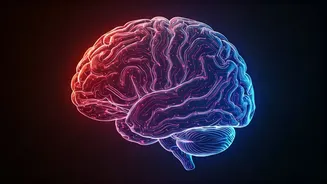Innovative Teaching Approaches
Effective teaching methods are critical for improved student outcomes. Educators should integrate innovative strategies that stimulate curiosity and encourage
active participation. The adoption of technology can revolutionize how information is delivered, making learning more interactive and engaging. The implementation of project-based learning allows students to apply their knowledge in real-world scenarios, fostering critical thinking and problem-solving skills. Furthermore, teachers should facilitate collaborative learning environments, encouraging peer-to-peer interaction and knowledge sharing, ultimately promoting a deeper understanding of the subject matter. Embracing these strategies can transform passive learners into active participants, fostering a love for learning and enhancing academic achievement.
Fostering Supportive Environments
Creating a supportive learning atmosphere is key to student success. This involves building a safe space where students feel comfortable expressing themselves, taking risks, and asking questions without fear of judgment. Teachers play a pivotal role in cultivating such an environment through empathy and understanding. Positive reinforcement, coupled with constructive feedback, boosts students' self-esteem and motivation. Additionally, schools must ensure there is a culture of respect and inclusivity by celebrating diversity and addressing any form of discrimination or bullying. When students feel valued and supported, they are more likely to thrive academically and develop a positive attitude toward learning and school.
Continuous Assessment & Feedback
Ongoing assessment is crucial for monitoring student progress and making necessary adjustments to teaching methods. Regular assessments, such as quizzes, tests, and assignments, offer valuable insights into what students have understood. These assessments should not only measure knowledge but also evaluate skills such as critical thinking and creativity. Constructive feedback, provided promptly and specifically, helps students identify their strengths and weaknesses. It is a vital tool for guiding them toward improvement. Teachers should leverage assessment data to personalize learning experiences, tailoring instruction to address individual needs and learning styles. The cyclical process of assessment and feedback empowers students to take ownership of their learning journey and fosters a growth mindset.
Personalized Learning Strategies
Recognizing that every student learns differently is essential to the personalized approach to learning. Adapting teaching methods to meet the diverse needs of students is fundamental. This might involve differentiating instruction based on readiness, interests, and learning preferences. Technology tools can be leveraged to create personalized learning pathways, allowing students to learn at their pace and access customized resources. Teachers can design flexible learning options, offering choices in assignments and projects to boost engagement. Moreover, individual tutoring or small group sessions enable teachers to provide tailored support. Personalizing learning fosters student autonomy, increases motivation, and ultimately results in higher academic achievement. Ultimately, these strategies help to create a more equitable and effective education system for all students.












